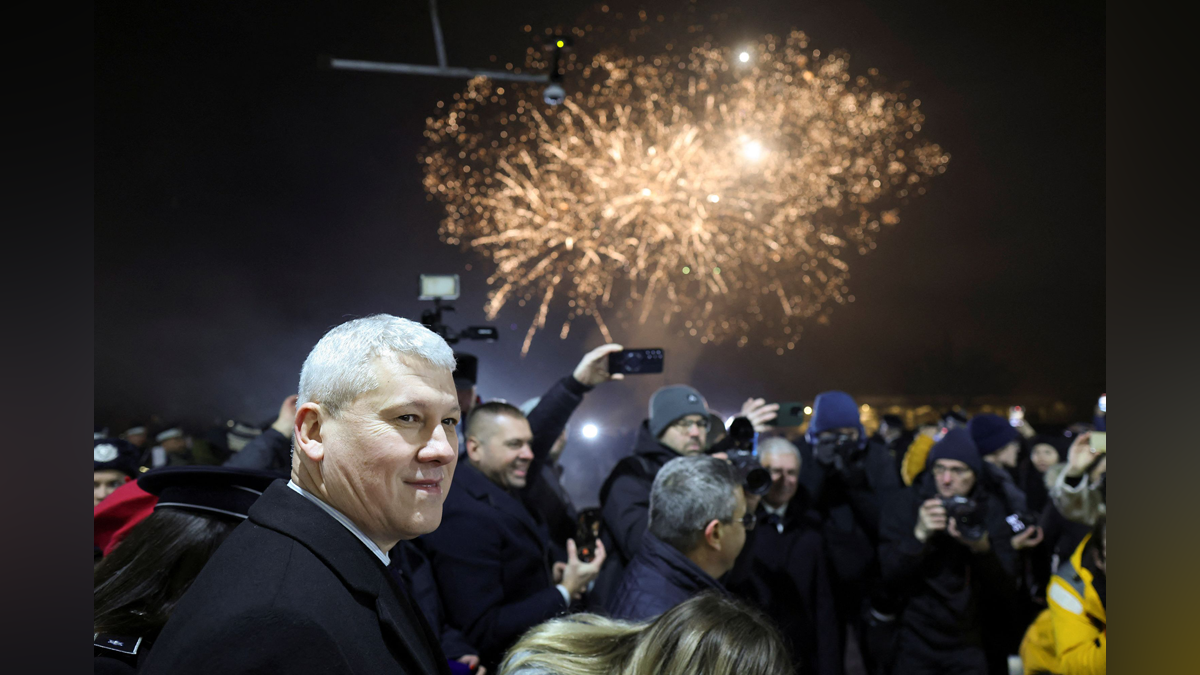Shopping
New EU regulations target Shein’s counterfeit fashion problem
/cdn.vox-cdn.com/uploads/chorus_asset/file/25162667/STK159_Shein_02.jpg)
The fast-fashion company reported having more than 45 million average monthly users in the EU, earning it the designation of a “very large online platform” (VLOP). The label applies to the biggest tech companies like Amazon, AliExpress, Meta, and TikTok and requires them to comply with rules around content moderation and user privacy and safety. In February, the European Commission handed down more general rules that apply to all platforms except the smallest.
The European Commission specifically noted new requirements for Shein around illegal products on its site. The company will have four months to submit a risk assessment report and will need to introduce mitigation measures against “the listing and sale of counterfeit goods, unsafe products, and items that infringe on intellectual property rights.”
Shein, which sells its own products and acts as a marketplace for third-party sellers, has been plagued by accusations of counterfeits and copyright violations. Artists have accused Shein of stealing their work to create products, and brands like Oakley and Ralph Lauren have sued Shein for violating their intellectual property rights.
In response to a request for comment, Shein directed The Verge to a statement from Leonard Lin, global head of public affairs, saying in part that the company “share[s] the Commission’s ambition to ensure consumers in the EU can shop online with peace of mind, and we are committed to playing our part.”
Other DSA requirements around transparency reports and audits could give the public a look into Shein’s business that we previously haven’t gotten. Aside from claims of counterfeit or infringing products on the platform, Shein’s supply chain has come under scrutiny, largely around the working conditions of the people making the $15 dresses and $3 T-shirts. Reports have found that workers were subject to illegally long hours and other labor violations, and a Bloomberg investigation revealed that cotton used for some Shein products had links to the Xinjiang region in China, where US officials say the forced labor of Uyghurs is occurring. Shein has said that only a small percentage of its cotton comes from Xinjiang or other “unapproved” places.









